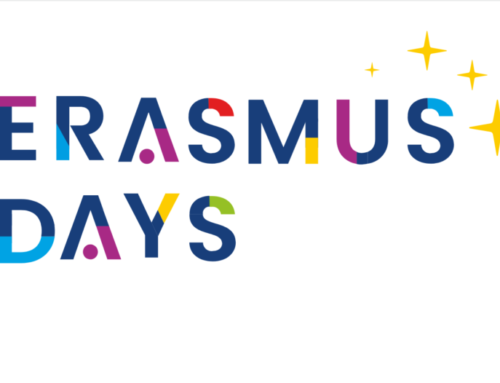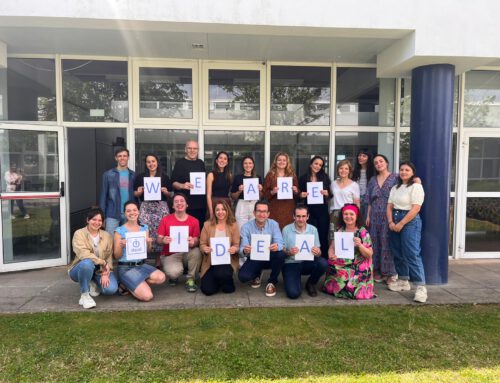In the framework of the IDEAL project, focus groups have been developed with people with autism with higher support needs and their families and professionals in order to detect barriers in the access to technological learning platforms and the use of applications.
Among the preliminary results, we found that the apps that are more easily and independently used are the general ones attracting the whole population, such as Google search engines, image gallery of phones and tablets, YouTube. These apps are used for their interests and are accessed from minimally verbal people without written skills, to those with more competences, the access is different according to levels of use, age and digital competence, but having visual icons, scroll or search history are strategies that are used in a majority way.
The most used specific applications are those that serve as communicators and temporal structure and in learning apps the presence of sounds, positive or negative reinforcements that indicate success or failure, or visual stimuli makes correct use difficult.
The proposals are therefore to achieve universal accessibility and that big companies take into account high levels of customisation of stimuli when launching their social networks and mainstream platforms. The aim is to also include people with autism, apps with different learning levels, mainly visual and to add the possibility of adjusting colours, sounds, lights, reinforcements to individualise learning as much as possible.






